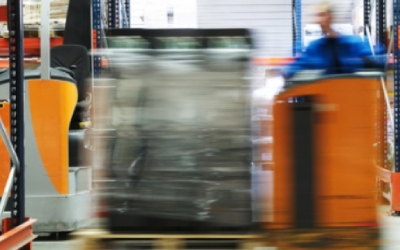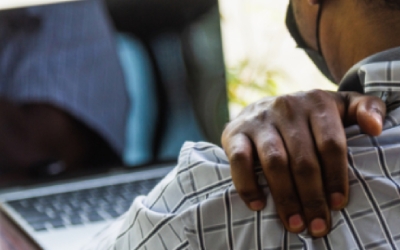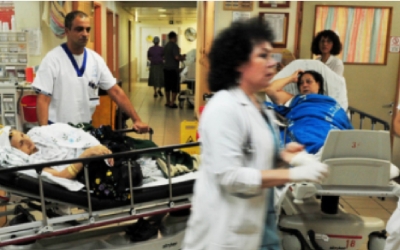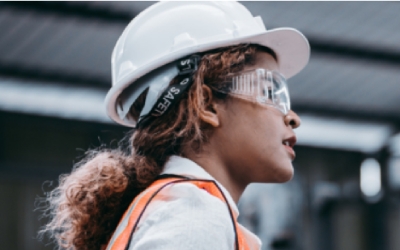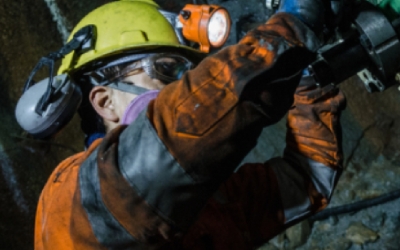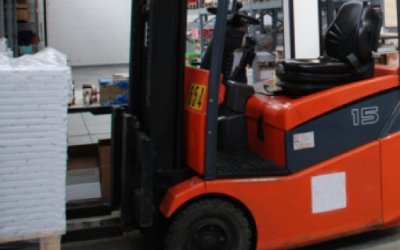The NSW Government recently launched a strategy that outlines how SafeWork will support employers to manage risks and comply with their duty to prevent psychological harm in NSW workplaces. The SafeWork NSW Psychological Health and Safety Strategy 2024-2026 will be supported by $5.6 million in government funding over the next two years to deliver workplace mental health programs through the Black Dog Institute and Transitioning Well.
WorkSafe Victoria recently released new guidance to improve forklift safety and launched a state-wide inspection program to help drive down the toll of forklift-related deaths and injuries. The newly-published guidance provides advice to employers on the safe use and maintenance of forklifts and highlights the need to separate forklifts from people on the ground.
A recent WorkSafe WA report has found that the top 20 workplace hazards have led to 25,000 years of lost time over the period of a decade. Manual handling was the worst hazard group by total time lost from work, accounting for 40 per cent of all lost time, while “trips on clear ground” was the worst hazard, with 4300 years lost and 17,800 claims at a cost of $700 million.
Workers undertaking repetitive movements and standing for prolonged periods of time experience the highest incidences of back pain, according to a recent survey. It found that those most at risk of musculoskeletal disorders and low back pain include those who do strenuous physical work including lifting and repetitive actions such as bending, squatting or standing for extended periods.
The Australian Workers Union (AWU) has called on politicians and industry to take action on occupational violence against healthcare workers after a survey revealed 69 per cent of staff have either been assaulted or witnessed an assault in the workplace.
It is important not to pretend that there is zero risk of an adverse outcome when it comes to managing and minimising risk, unless there is actually no exposure to the hazard that creates a risk, according to an academic expert in OHS risk management.
WorkSafe Victoria recently issued a safety alert about the risks of using hardened steel tools on hardened steel following an incident in which a worker was injured when a hardened steel hammer shattered. The employee was working as an underground drill operator and was trying to separate jammed drill consumables by striking the shank.
SafeWork SA recently issued a safety alert following a recent near miss that highlighted the dangers of using unsecured lifting jibs on forklifts. A worker narrowly escaped being hit by a load of steel when the lifting jib, which was incorrectly attached to the tynes of a forklift, slipped off and landed on adjacent machinery causing damage.
Engagement is one of the key challenges that safety teams experience, with recent research finding that it is one of the weakest pillars of the safety experience for workers. The engagement challenge is twofold when it comes to safety – particularly in high-risk industries like mining, manufacturing, construction, utilities and logistics, said Jess Daly, chief strategy officer for professional services firm Everyday Massive.
Many university staff are experiencing conditions that are harmful to their wellbeing, with increases in psychosocial safety risks, psychological distress, levels of exhaustion and work pressure, according to a research report. It found that 67 per cent of university staff are at high to very high risk on the psychosocial safety climate scale, which indicates that these employees are at high risk of mental injury stemming from work conditions.













































